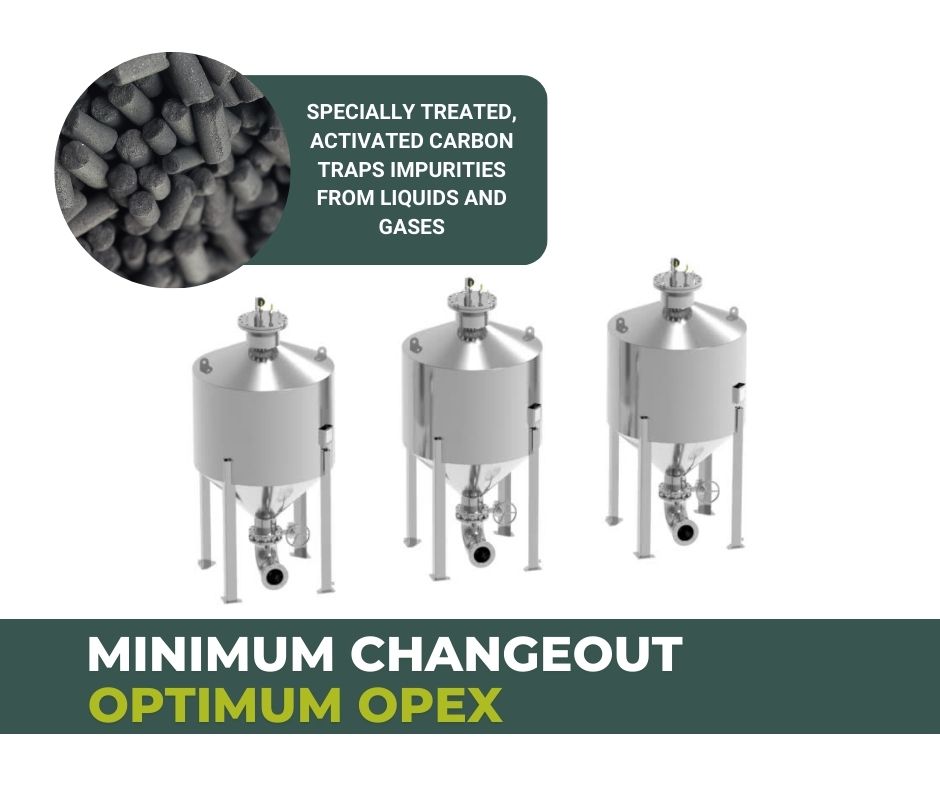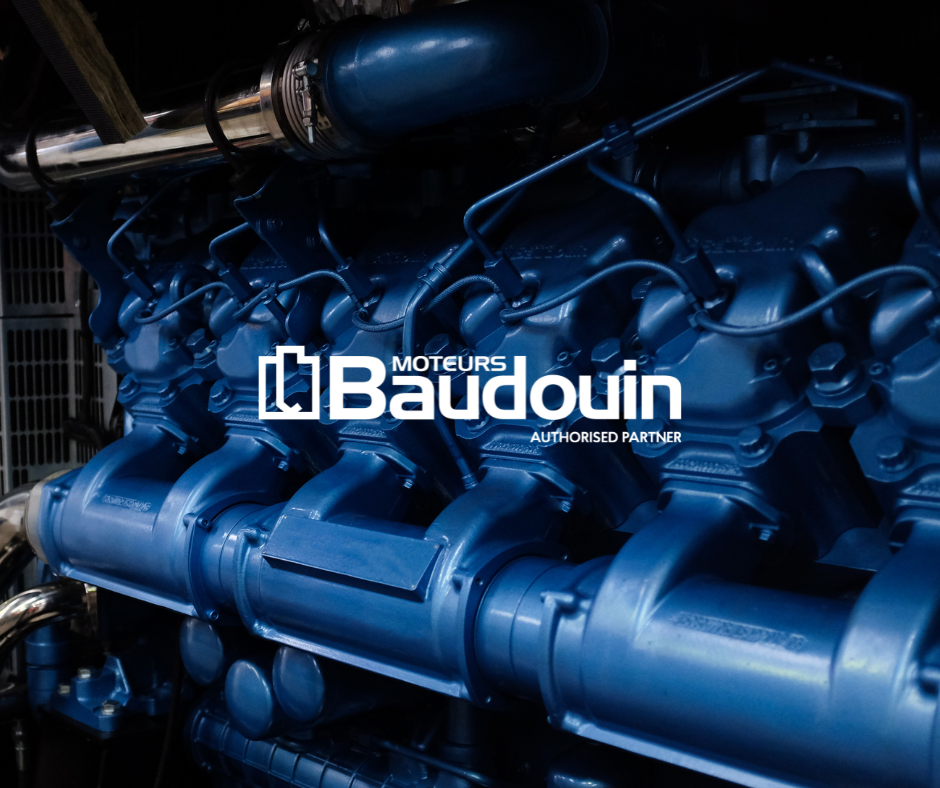Mine Power and the Safeguard Mechanism: Are your energy systems future proof?
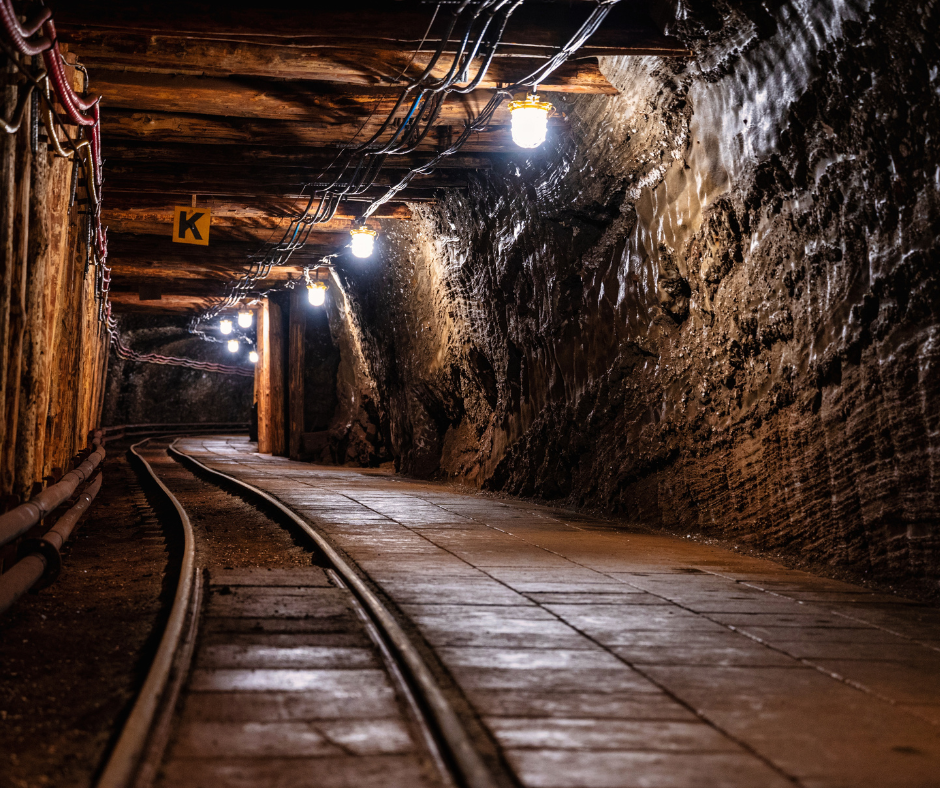
You can’t run your mine site without power. But traditional methods of power generation are being challenged by evolving demands, our sustainability goals, and advancements in technology. So as the industry moves forward, mining companies must rethink their power strategies to stay competitive and energy resilient.
Recent legislative changes in Australia have significantly impacted the mining sector’s emissions, particularly under the Safeguard Mechanism, which was reformed in 2023. This legislation requires large industrial operations, including coal mines and oil refineries, to reduce their greenhouse gas emissions by approximately 4.9% annually. Companies that fail to meet these reductions must purchase carbon credits (ACCUs) to comply.
These reforms target facilities emitting more than 100,000 tonnes of CO₂ per year, affecting major mining operations. Additionally, new gas projects are required to have net-zero emissions, further tightening environmental regulations on the mining sector.
Powering a mine site presents a number of unique challenges, including their remote locations and proximity to power and gas grids as well as fluctuating energy demands often with spiking peaks and troughs.
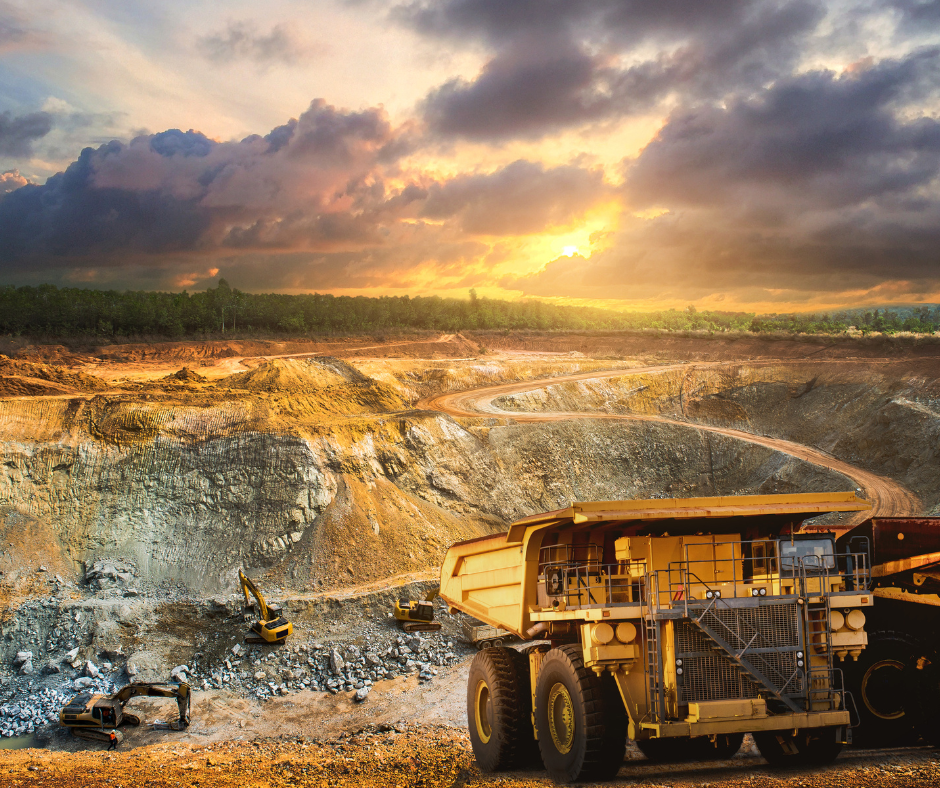
There’s a range of next generation, flexible energy solutions for mine sites – we explore some options below.
Hybrid Power Systems
Hybrid power systems combine traditional diesel generators with renewable energy sources. By integrating renewables, mining companies can reduce their reliance on diesel fuel, lowering both costs and emissions. Hybrid systems offer the best of both worlds: the reliability of diesel with the sustainability of renewables.
Microgrids
A microgrid is a localised power system that can operate independently from the main grid, combining various energy sources and storage solutions. For mining operations, microgrids provide a flexible, resilient, and efficient way to manage power, especially in off-grid locations. They can incorporate renewables, diesel generators, and battery storage to ensure a steady, reliable power supply.
Battery Storage Solutions (BESS)
BESS allows mining companies to store excess energy generated by renewable sources, such as solar or wind, and use it during periods of high demand or low generation. Battery storage helps stabilise the energy supply, reduces the need for diesel generators during peak times, and contributes to overall cost savings.
The Role of Automation and Digitalisation
Smart Energy Management Systems
Smart energy management systems use data analytics and machine learning to monitor and optimise power usage in real-time. These systems can predict energy needs, adjust power generation accordingly, and reduce downtime by anticipating maintenance requirements. This level of automation enhances efficiency, reduces costs, and ensures a reliable power supply.
Predictive Maintenance
Predictive maintenance is another area where digitalisation is making a significant impact. By using data analytics and artificial intelligence (AI), mining companies can predict when their power generation equipment will require maintenance, reducing the risk of unexpected failures. This proactive approach not only extends the lifespan of equipment but also minimises operational disruptions and maintenance costs.
Unlock your mine site’s potential with Eneraque – the APAC’s leading EPCM Contactor for energy projects for the mining industry.
- Full EPCM, turnkey energy products.
- Next generation gas and diesel generators
- Gas management services
- Premium pumps, power and lighting
- Site power & accommodation camp solutions
- Decarbonisation technologies
- Greenfield and brownfield sites
- Remote area specialists
- Australian manufacturing & factory testing, hassle free logistics.
